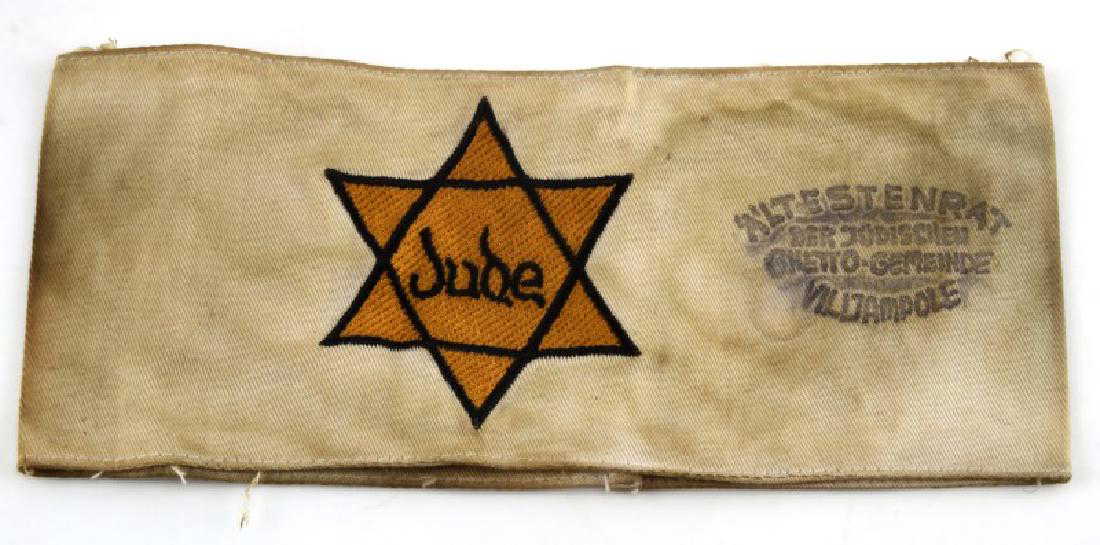An honorific used by the State of Israel to describe non-Jews who risked their lives during the Holocaust to save Jews from extermination by the Nazis for altruistic reasons. As of 1 January 2021, the award has been made to 27,921 people. This Yad Vashem highlights that the table is not representative of the effort or proportion of Jews saved per country, and notes that these numbers “are not necessarily an indication of the actual number of rescuers in each country but reflect the cases that were made available to Yad Vashem.
Below is a partial list.
| Country | Number of awards | Notable recipients |
| 7,177 | Jan Karski, Maria Kotarba, Irena Sendler, Irena Adamowicz | |
| 5,910 | Frits Philips, Jan Zwartendijk | |
| 4,150 | Anne Beaumanoir, Jeanne Brousse | |
| 2,673 | Klymentiy Sheptytsky | |
| 1,774 | Queen Elisabeth of Belgium | |
| 918 | Ona Šimaitė | |
| 876 | Endre Szervánszky, Sára Salkaházi | |
| 744 | Giorgio Perlasca, Gino Bartali, Giuseppe Girotti, Odoardo Focherini | |
| 676 | ||
| 641 | Oskar Schindler, Wilm Hosenfeld, Hans von Dohnanyi, Bernhard Lichtenberg |
A complete list can be found at this Wikipedia article.






